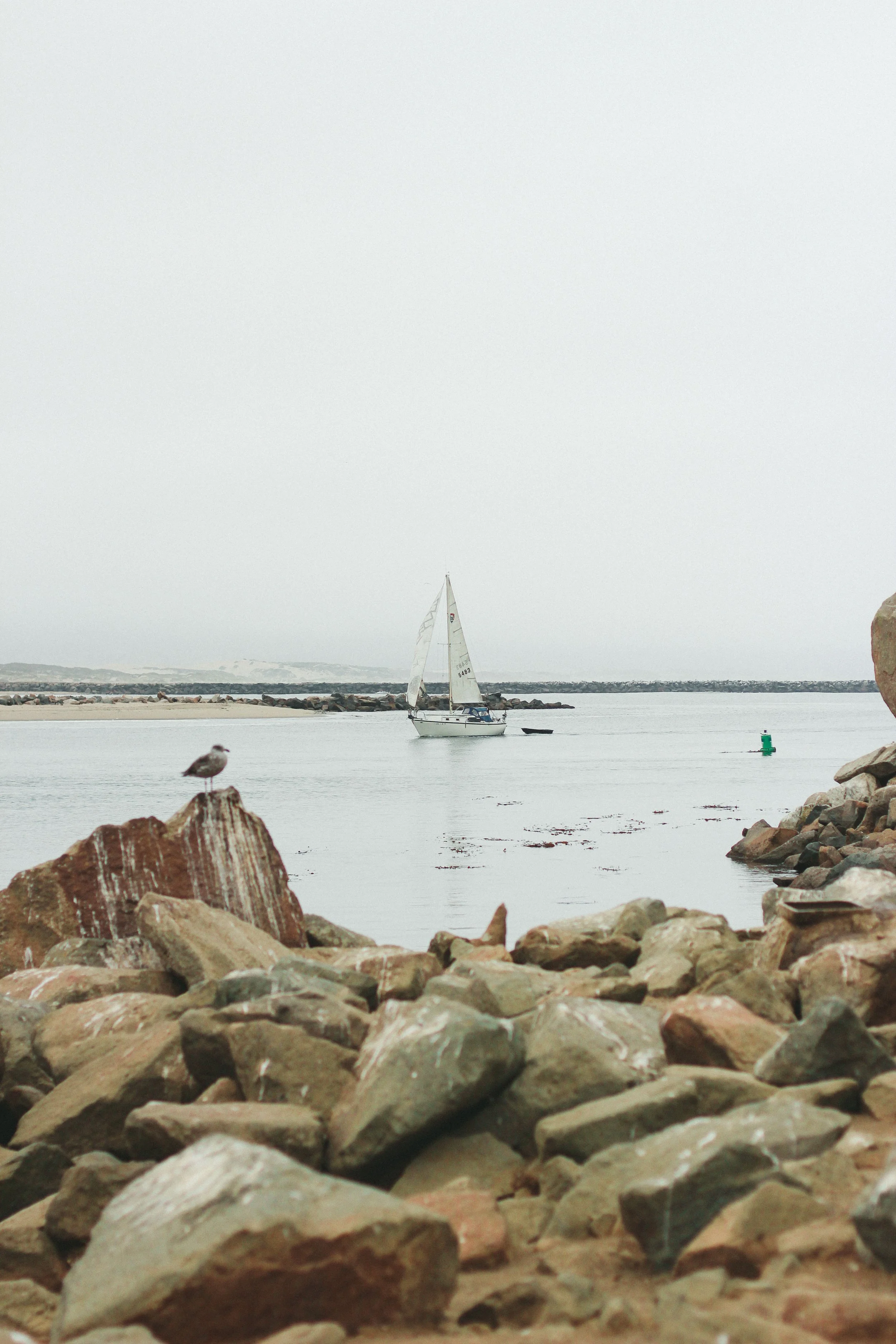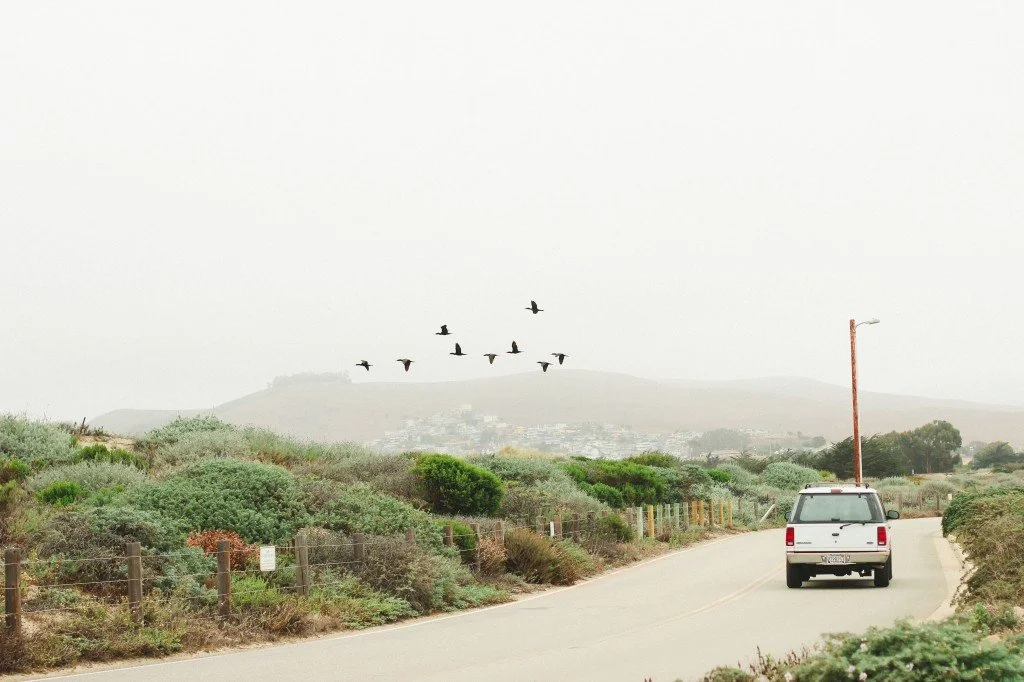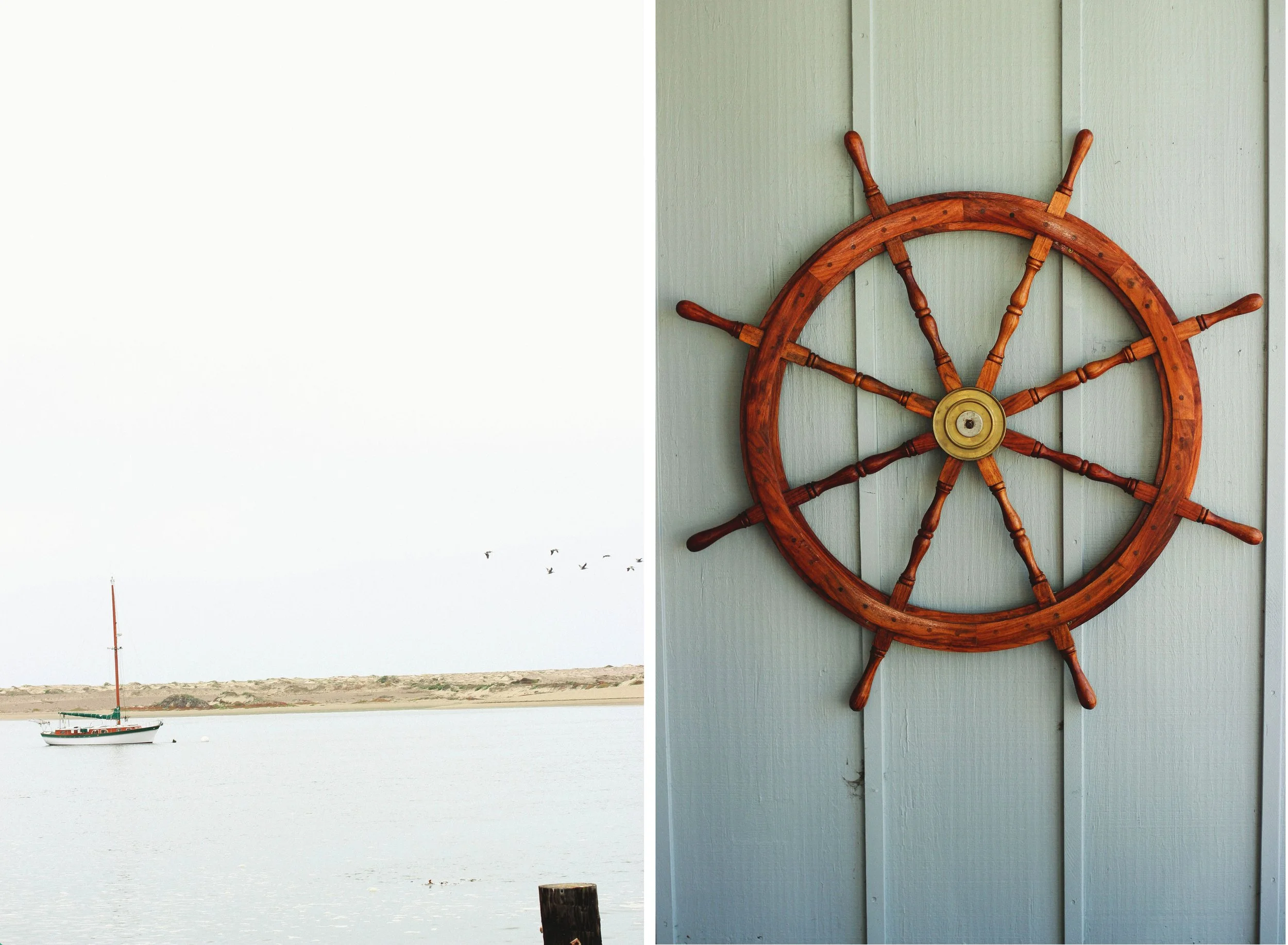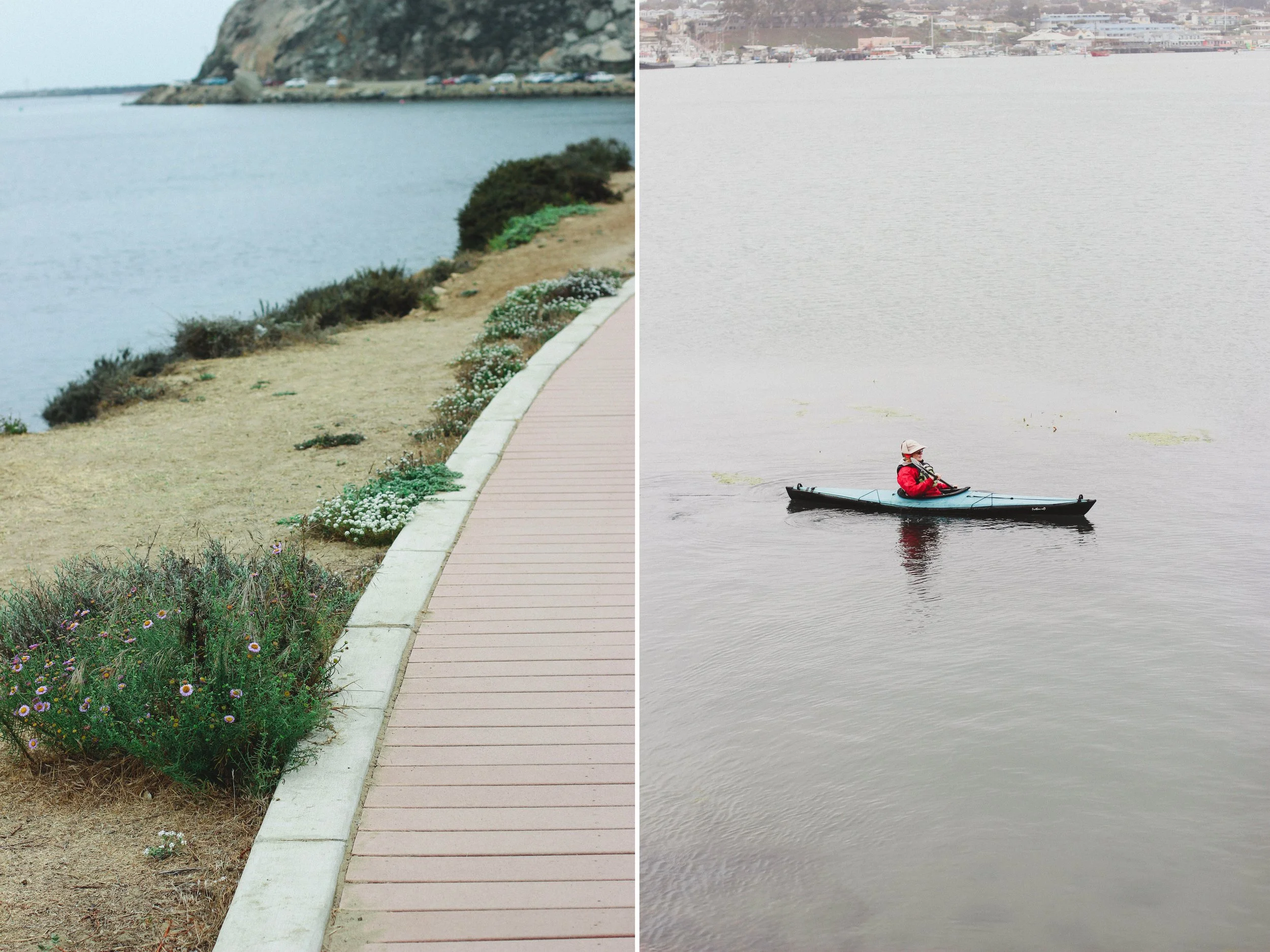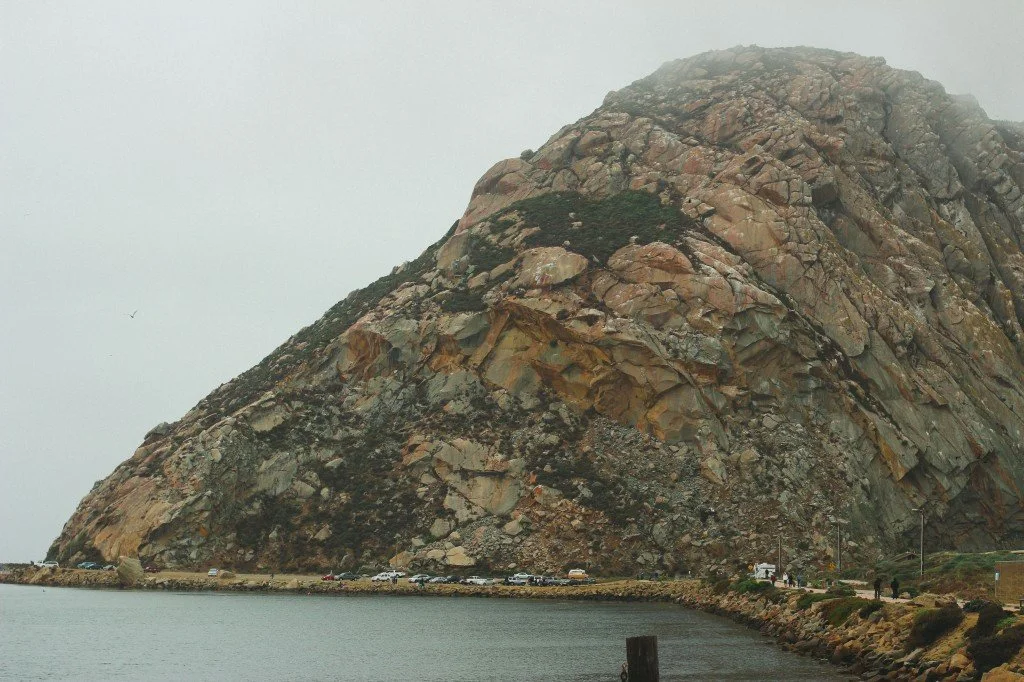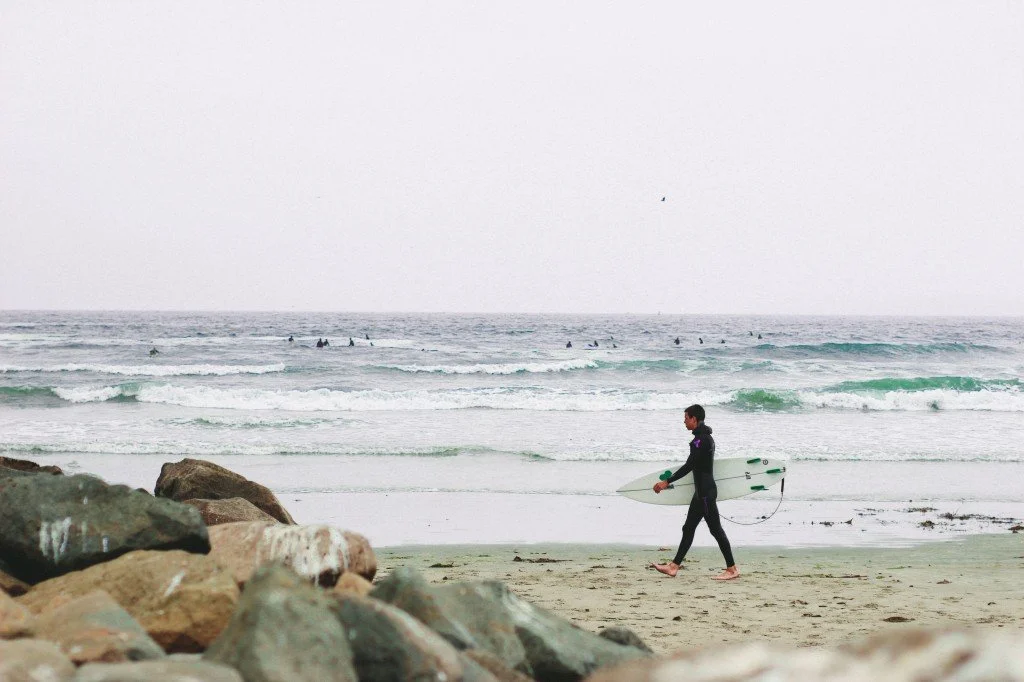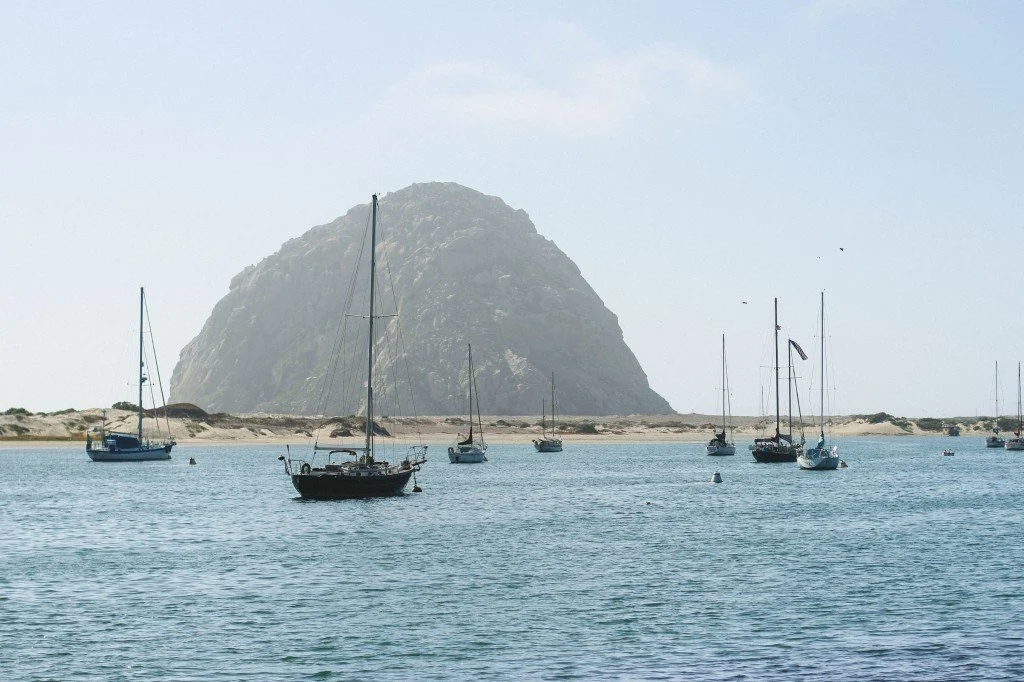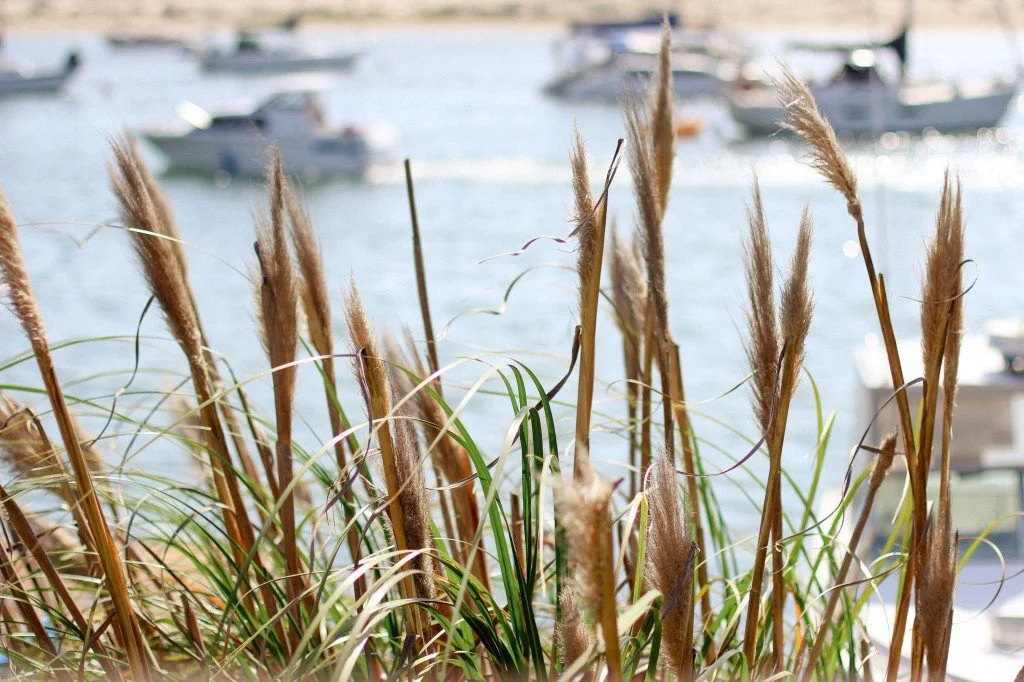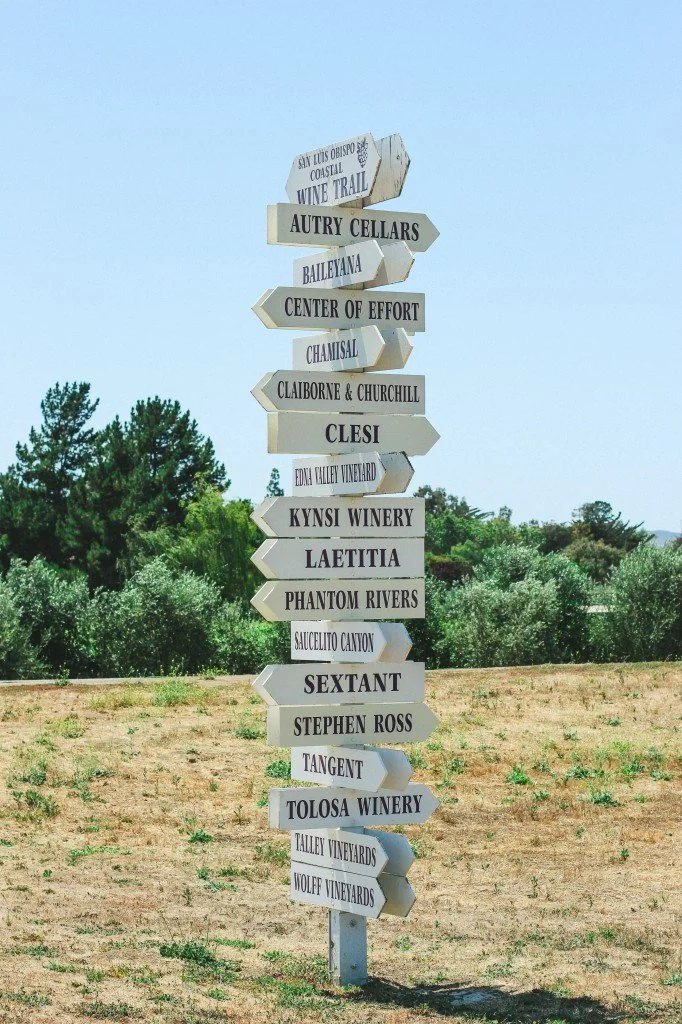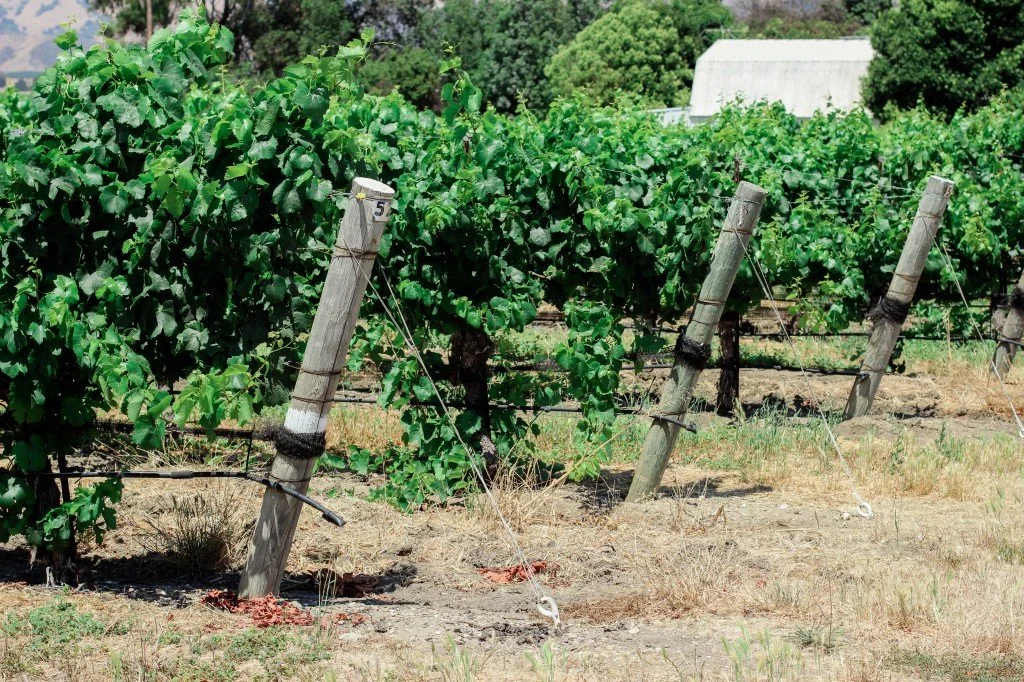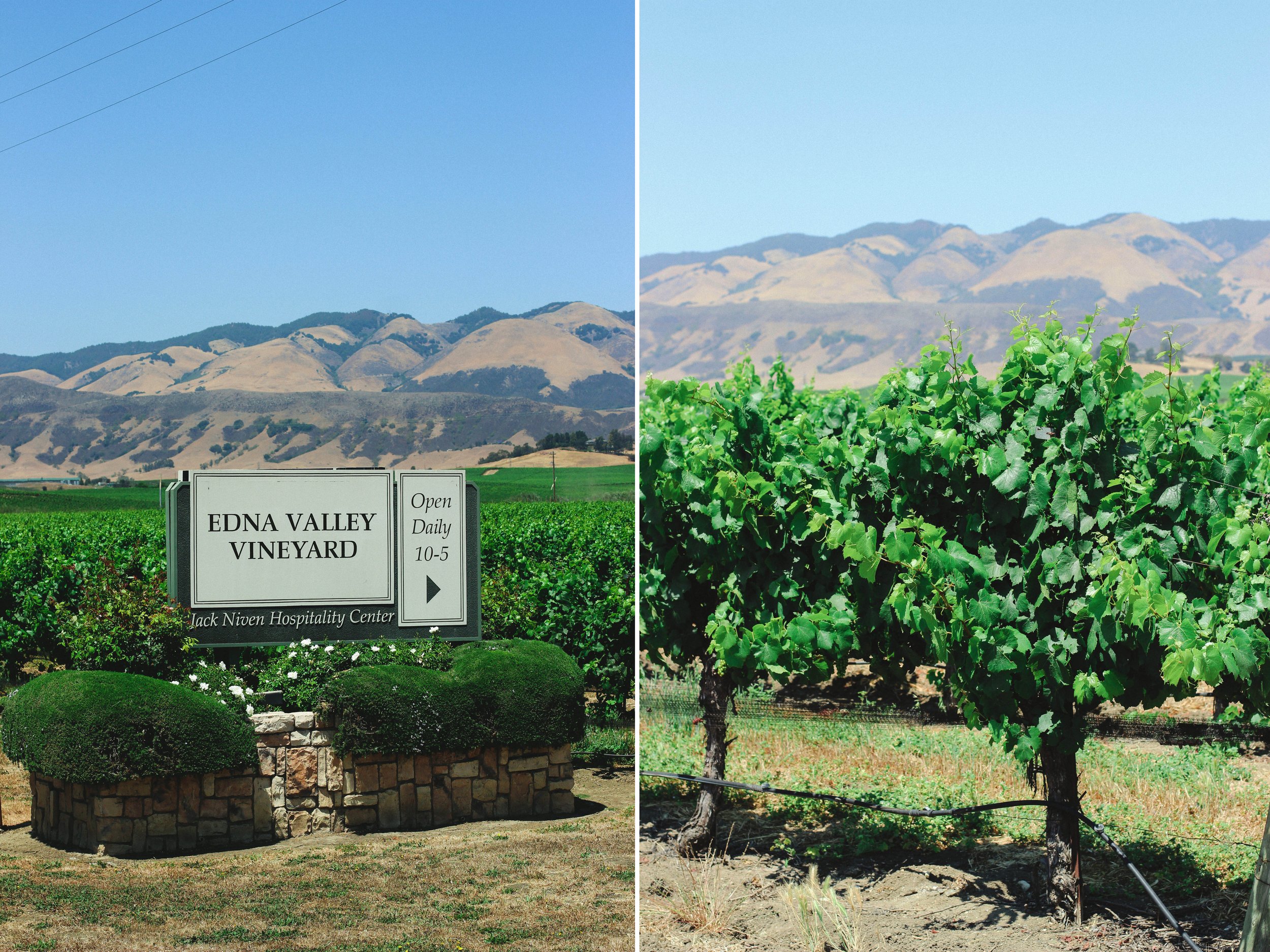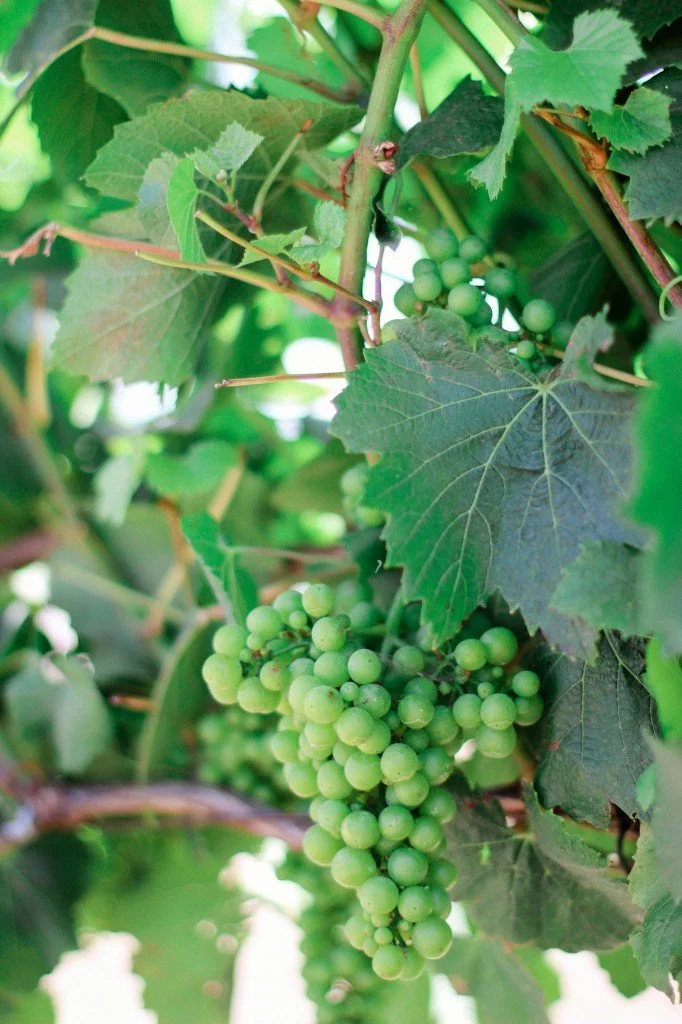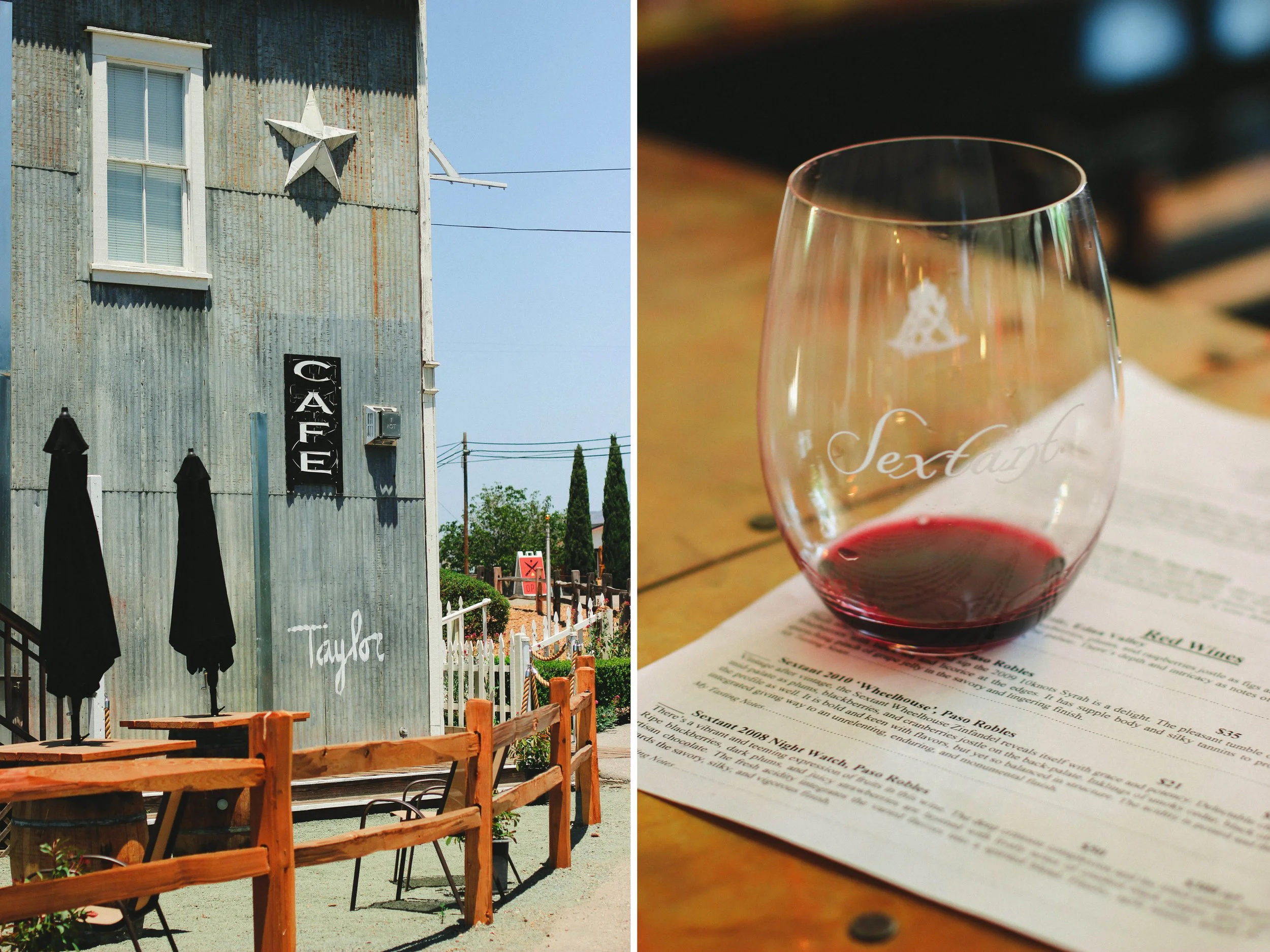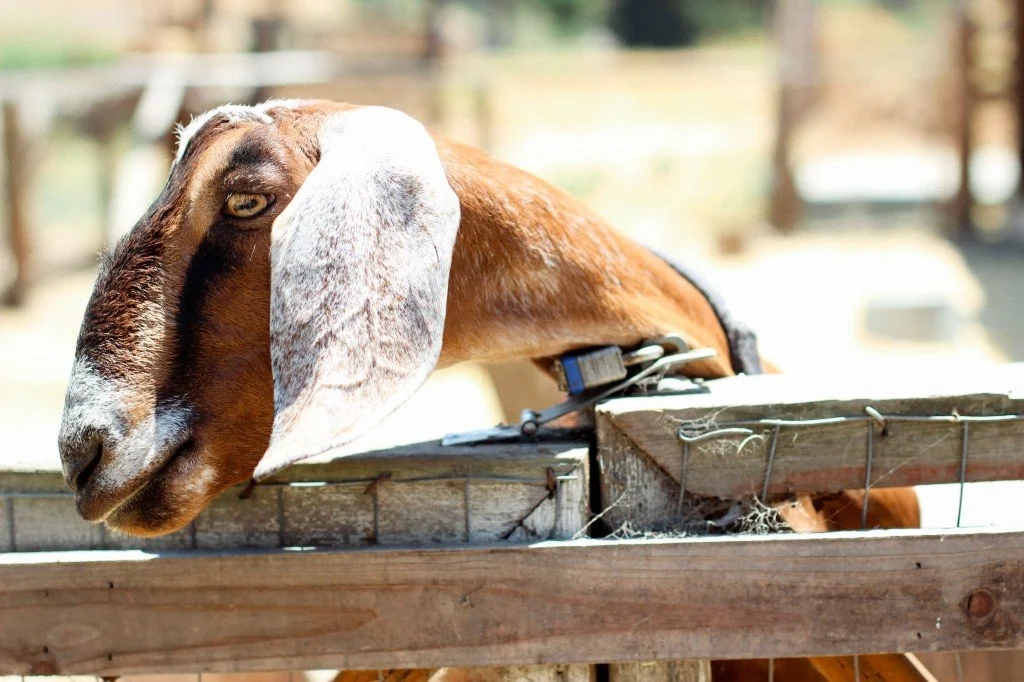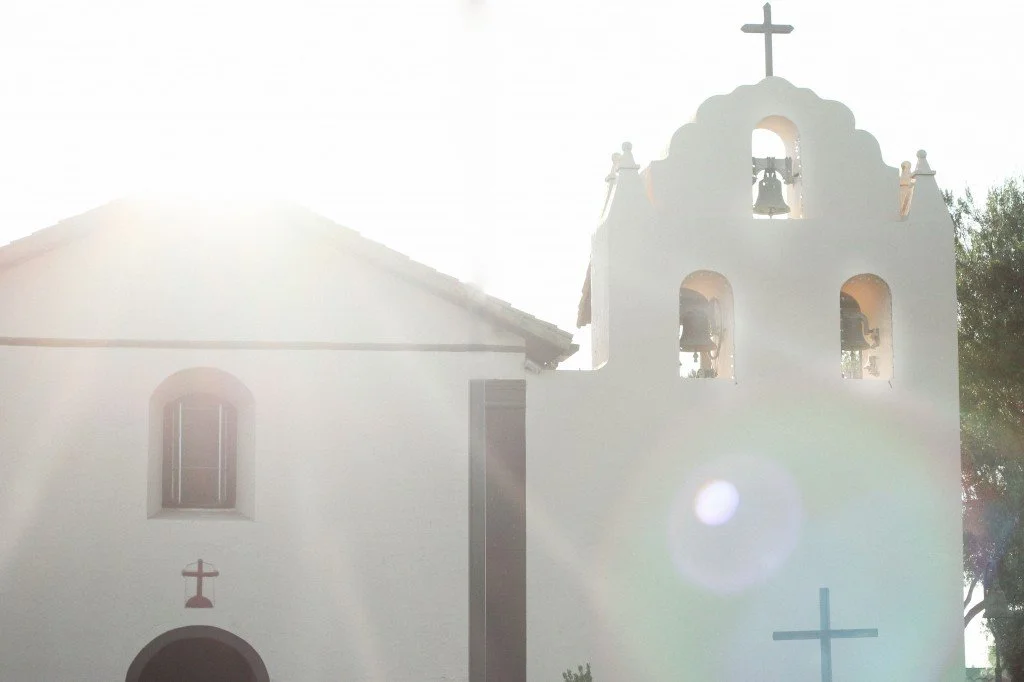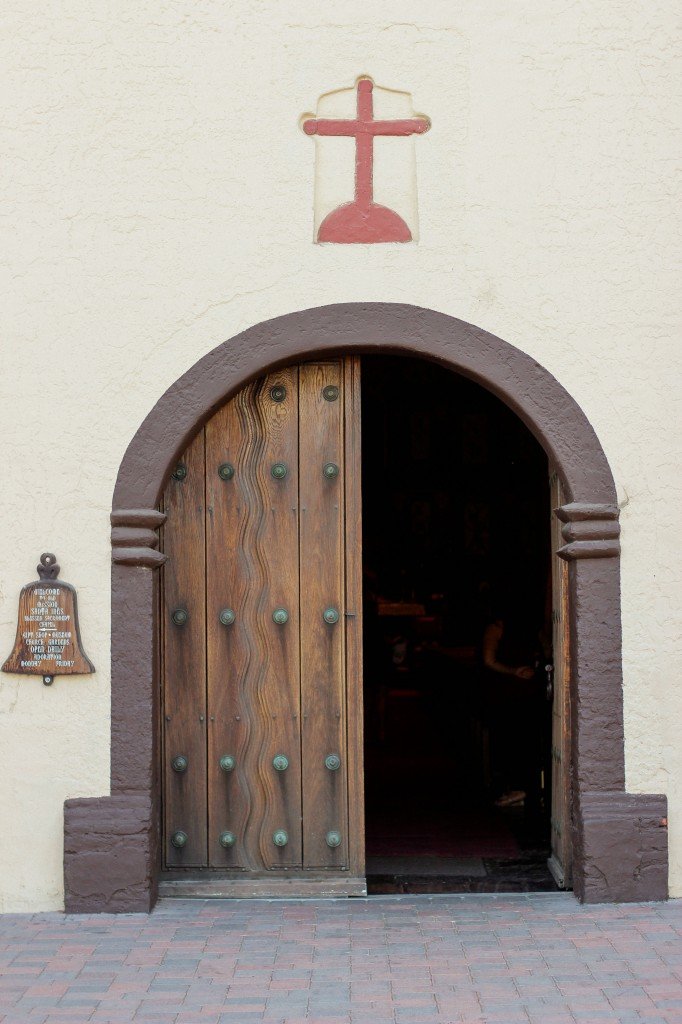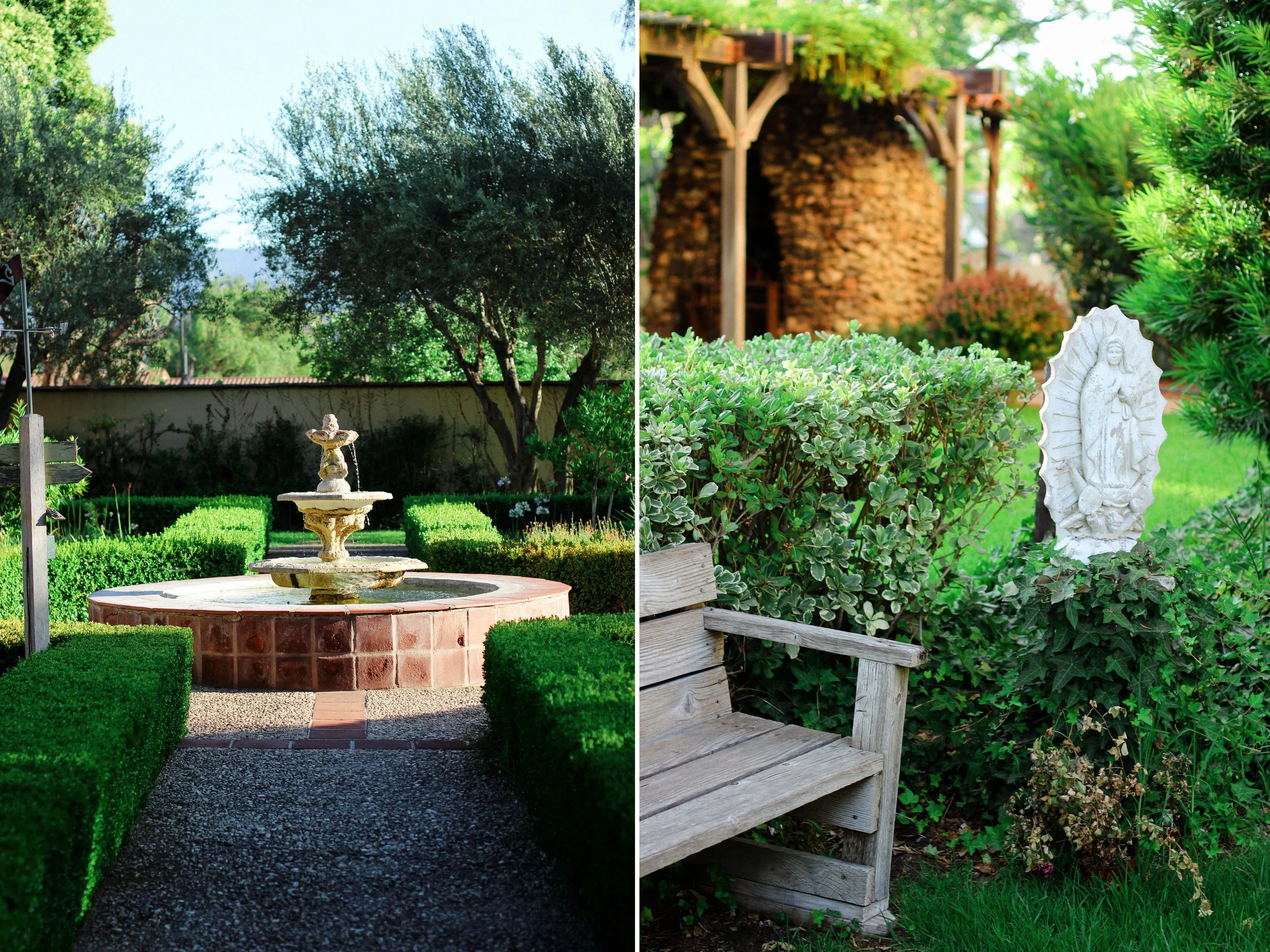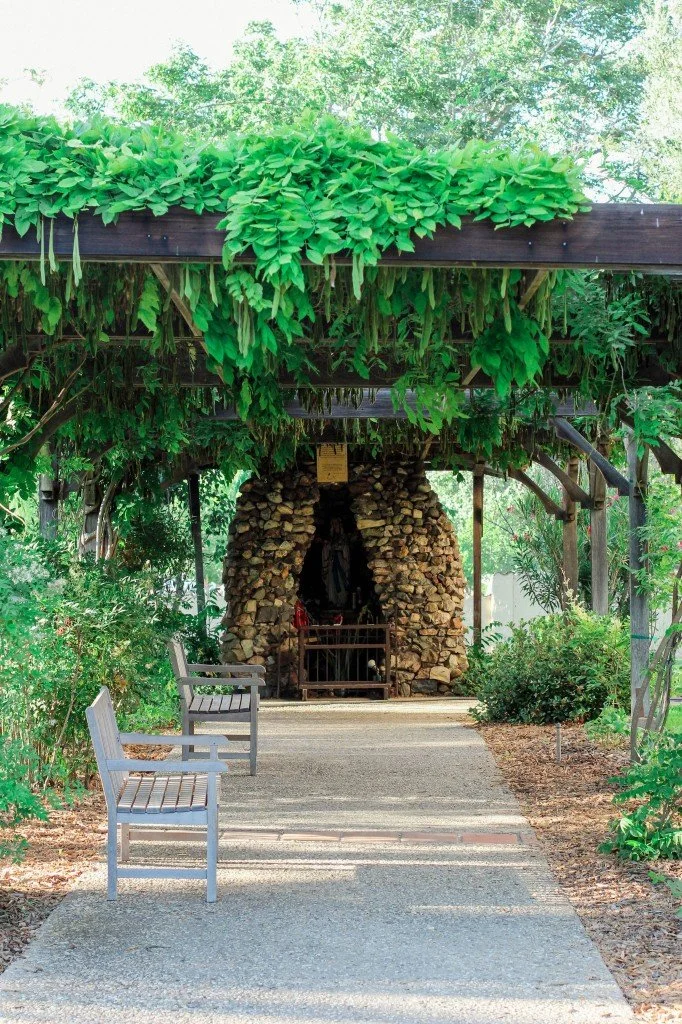SOJOURN TO THE CENTRAL COAST
"So fine was the morning except for a streak of wind here and there that the sea and sky looked all one fabric, as if sails were stuck high up in the sky, or the clouds had dropped down into the sea.”
- Virginia Woolf, To the Lighthouse
Halfway between Los Angeles and San Francisco, the Pacific Ocean is interrupted by a long sand spit that breaks the waves and forms a serene estuary called Morro Bay. In the early mornings, the fog tends to hang low and thick on these waters, blurring the sea and sky into an amorphous, pallid landscape that melts seamlessly into the pastel dunes.
From the town of Morro Bay’s embarcadero, the faint shape of a sailboat drifts in the cold brackish tides. A lone kayaker floats by soundlessly. Scuba divers and sea otters quietly bob their heads above the placid surface and then dip back down below, sending gentle ripples towards the silent shoreline. The only disturbance in this tranquility is the flutter of wings and echoing coos from the migratory birds in flight overhead.
In the near distance, a massive volcanic landform towers over the entire scene: Morro Rock, the star of this sleepy sea town. On the north side of the rock is an entirely different scene– a turbulent one with thundering waves of sapphire waters, shrill and shrieking bird calls, and crumbling coppery rock covered by striking bursts of emerald green moss. This side, with its roaring winds, is where the surfers go.
Discovered in 1542 by Portuguese explorer, Juan Rodriguez Cabrillo, the history of the rock’s name varies. Some believe it to have gotten its name “El Moro” because Cabrillo thought it looked similar to the turbans worn by the Moors. Others say Cabrillo called it “El Morro” because the promontory resembled the shape of a crown. At 576 feet high, it has served as a navigational point for mariners over the years and has gained a reputation as the “Gibraltar of the Pacific.”
Approximately twenty miles inland from Morro Bay, a white crossroads sign is embedded in a small patch of earth along California Highway 227, near the entrance to the Edna Valley Vineyard. Attached to it are seventeen arrows pointing to various wineries along the San Luis Obispo Coastal Wine Trail. Just beyond the signpost are verdant rows of grapevines, curling and twisting their tendrils and clusters of maturing fruit along wires as far as the eye can see. Sun-drenched hills of gold form the quiescent backdrop underneath a canopy of cerulean skies—a bucolic tableau that is quintessential California wine country.
Farther down the way, just off Old Price Canyon Road, lies the Old Edna Townsite, where Sextant Wines has a tasting room and gourmet deli housed within a lofty tin gallery. Known as the historical center of the Edna Valley wine region, the rustically captivating townsite was restored after having been a ghost town for many years. On the two acres of land are a lovely bed & breakfast, an old dairy barn, a quiet reading room, a quirky treehouse, and a whimsical gypsy circus wagon (with an endearing backstory by the owner). Scattered about the property are coppery tricycles gilded with patina, flower-filled mason jars, aging bicycles, a Nubian mama goat and her babes, birdcages, and charming old bits of rusty barnyard ephemera.
An hour south of Old Edna, in the Danish village of Solvang, Clydesdale horses draw tourists around the streets in a large trolley. Folks line up outside the take-out window of Solvang Restaurant, waiting to place their order for Arne’s famous aebleskiver. Just off the main drag, away from the crowds and the noise, is Mission Santa Inés, one of California’s twenty-one Spanish missions. Founded in 1804 by the Franciscan order to acculturate the native Chumash into the Spanish lifestyle, Mission Santa Inés served as the first institution of higher learning in California, when much of the American west was known as Alta California under the Viceroyalty of New Spain.
The main building of the mission, which today serves as a church, opens up to a meticulously manicured courtyard with a resplendent center fountain. Around the corner, a vine-covered lanai houses a shrine to Our Lady of Lourdes. Various religious statues, relics, historical remnants and a small cemetery can be found onsite as well. With the Santa Ynez mountains practically in its backyard, the grounds are truly spectacular, most notably at sunset, when the fading rays of the sun filter through the bell steeples, backlighting the mission with a warm, incandescent glow.
Eager to escape the doldrums and scorching summer heat of Los Angeles, we took off for the central coast a couple weekends back with itinerant spirits. It was one of those trips when we didn’t have anything planned, a jump-in-the-car-and-wing-it kind of approach. Those usually turn out to be the most relaxing ones, don’t they? No ties, no schedule, no time constraints. Just fun and exploration.
We ate saltwater taffy and bought seashells and walked on the sand and lingered over meals and tasted wines and took coastal drives and soaked up the sun and observed wildlife and toured historical sites and watched the sunset and even won money at a casino. This trip embodied exactly what I love about California. For all her big city spoils, she has just as many secret sea coves, sprawling vineyards, rustic farmlands and quaint little villages just waiting to be explored.
SOME OF OUR STOPS:
Morro Bay
San Luis Obispo
San Luis Obispo Coastal Wine Trail
Old Edna Townsite/Sextant Wine Tasting Room and Gourmet Deli
Santa Ynez/Solvang
